Soil Fertility
All Soil Fertility Content

How Soil Holds Water
Water retention is an important soil property and is related to soil texture, organic matter content, and density.

Interpreting Soil Tests for Gardening
There are many different chemicals that make up plants. These chemicals include hydrogen, carbon, oxygen, nitrogen, phosphorus, sulfur, calcium, magnesium, iron, manganese, copper, boron, zinc, molybdenum, cobalt, and chlorine.
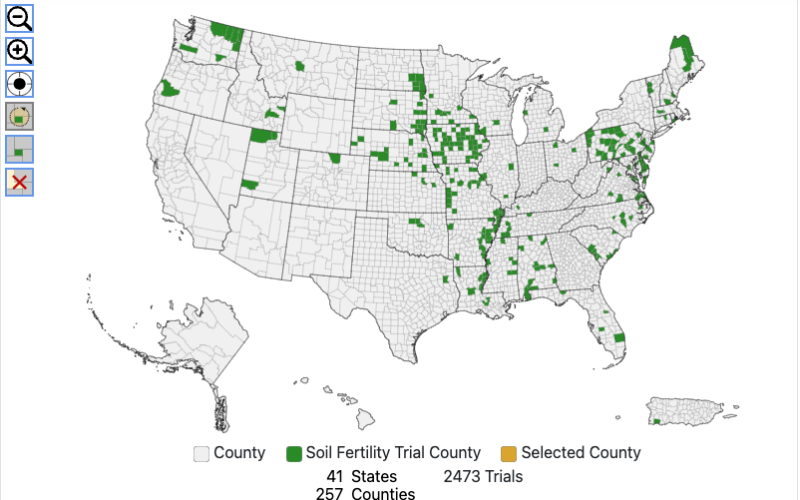
New digital Fertilizer Recommendation Support Tool launches nationwide
April 11, 2024
South Dakota State University Extension and project partners are proud to announce the nationwide release of the Fertilizer Recommendation Support Tool (FRST), a decision aid that provides an unbiased, science-based interpretation of soil phosphorus and potassium values for crop fertilization.
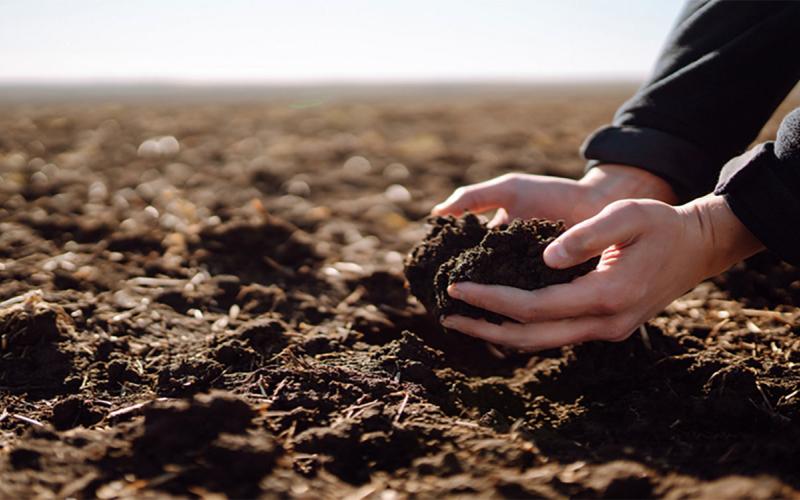
Carbon to Nitrogen Ratio of Healthy Soils
The ratio of carbon to nitrogen in the soil is essential for soil biochemical functioning. Learn some expert tips on managing soil to create an ideal ratio of these critical elements.

The Nitrogen Biochemical Cycle in Soil
Nitrogen is an essential element for plant growth and is contained in many forms in the soil. Soil microbiology is essential for transforming nitrogen into different forms in the soil.
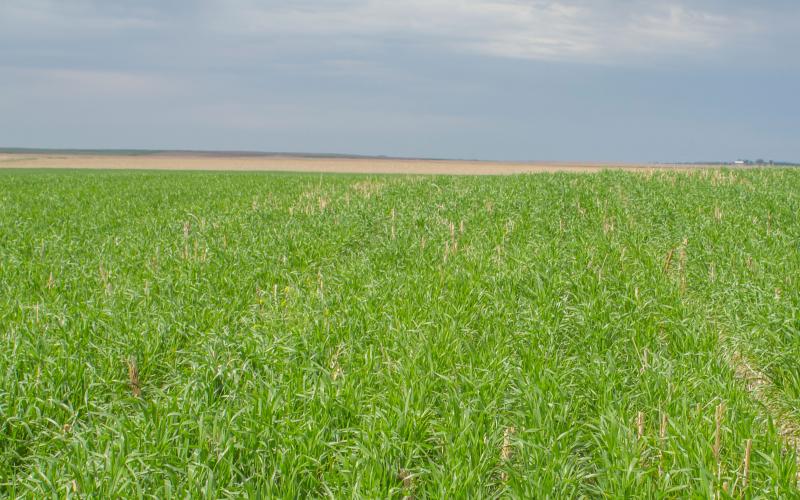
Chloride Fertilizers May Be Beneficial in Spring Wheat Production
Chloride, the ionic form of chlorine, although not considered an essential nutrient, has long been observed to be highly beneficial to field crops. Chloride is known to play an essential role in plant development and osmoregulation.

Farming Practice Comparisons in South Dakota: A case study across the fence and implications for the future
This extension study intends to provide some new insights on the financial and carbon storage comparisons between neighboring farms using conventional farming versus conservation practices (mainly no-till and cover crops).

Soil Carbon Cycle and Laboratory Measurements of Carbon Related to Soil Health
Carbon is one the most-important elements in agricultural soils. Take in-depth look at how carbon is understood, measured, and managed to benefit soil health in agricultural production.
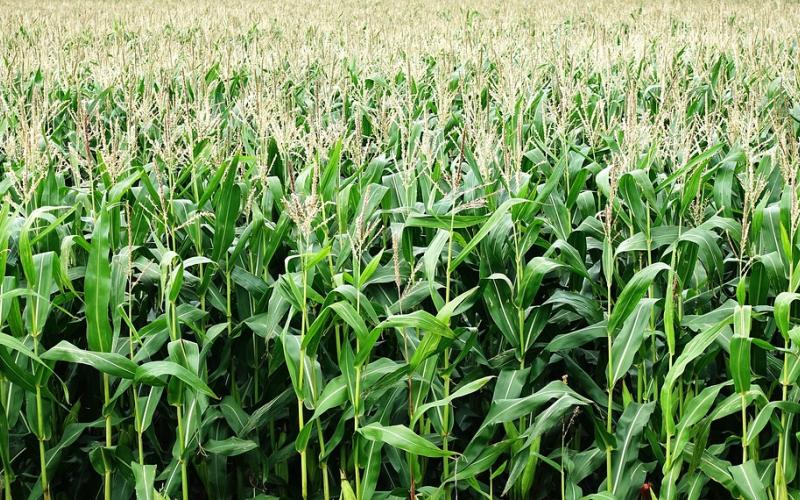
Comparing Yield Goal and Maximum Return to Nitrogen Prediction Methods for Determining Corn Economic Optimal Nitrogen Rates
Fact sheet evaluating the accuracy of different corn nitrogen recommendation approaches with their advantages and disadvantages.
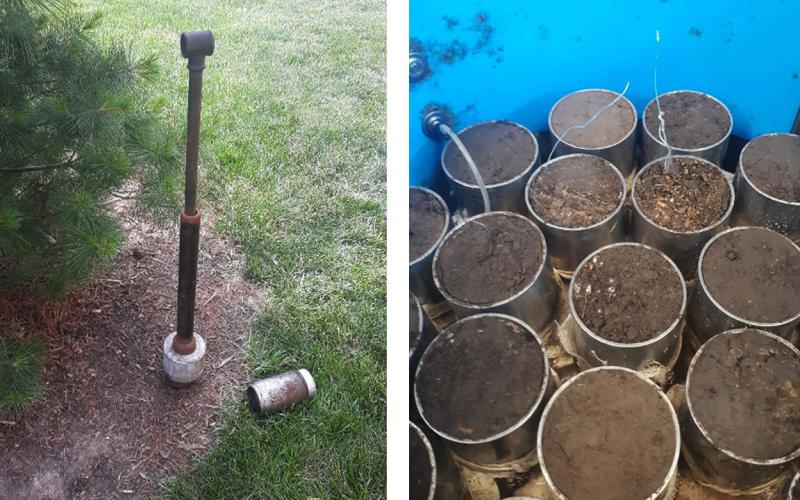
Bulk Density is an Indicator of Soil Health
Bulk density is a commonly measured soil property that can indicate how compacted a soil is and can be used to calculate the percent pore space in the soil.